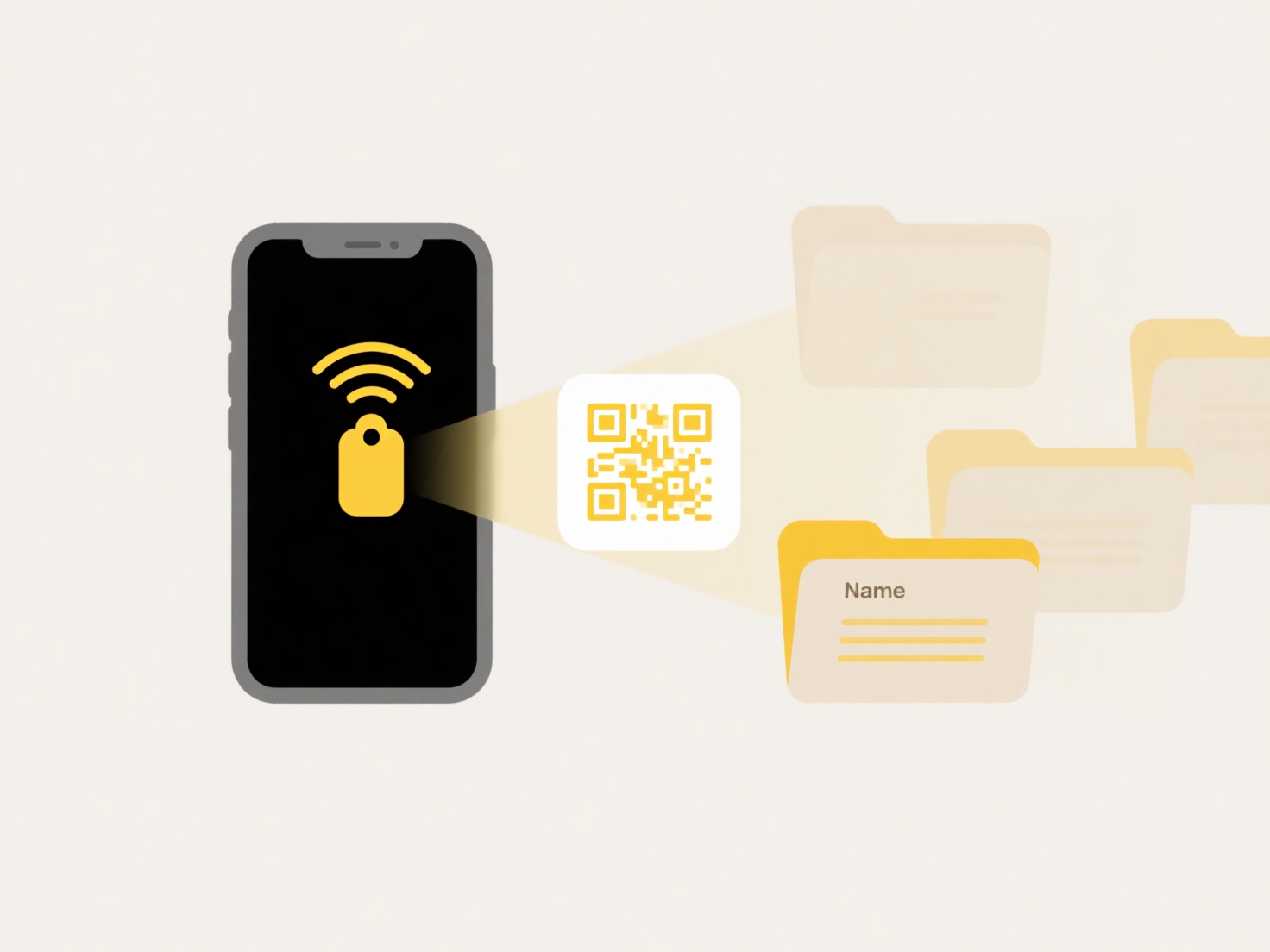
Extracting content from a corrupted file involves specialized techniques to recover accessible data when the file structure is damaged, preventing standard opening methods. Corruption occurs due to unexpected shutdowns, storage issues, malware, or transfer errors, corrupting bits that define the file's organization. Unlike standard file access, extraction focuses on salvaging readable fragments by bypassing or repairing damaged sections, often treating the file as raw data rather than its intended format.

Common examples include attempting to recover text from a damaged Word document (.DOCX) or images from a corrupted ZIP archive. Digital forensics professionals use tools like PhotoRec or Recuva to carve out JPEGs from unreadable drives, while data recovery services might repair database files (.DB) for businesses. Industries relying on critical documents—like healthcare or legal services—frequently utilize these methods.
Success varies significantly based on corruption severity and file type. Advantages include potentially recovering vital information otherwise lost, saving time and resources. Key limitations include partial recovery, extensive time investment, potential high costs for professional services, and no guaranteed results. Ethical considerations arise when handling sensitive personal data; proceed cautiously. For critical files, consulting professional data recovery specialists offers the highest chance of success compared to DIY tools.
How do I extract content from a corrupted file?
Extracting content from a corrupted file involves specialized techniques to recover accessible data when the file structure is damaged, preventing standard opening methods. Corruption occurs due to unexpected shutdowns, storage issues, malware, or transfer errors, corrupting bits that define the file's organization. Unlike standard file access, extraction focuses on salvaging readable fragments by bypassing or repairing damaged sections, often treating the file as raw data rather than its intended format.

Common examples include attempting to recover text from a damaged Word document (.DOCX) or images from a corrupted ZIP archive. Digital forensics professionals use tools like PhotoRec or Recuva to carve out JPEGs from unreadable drives, while data recovery services might repair database files (.DB) for businesses. Industries relying on critical documents—like healthcare or legal services—frequently utilize these methods.
Success varies significantly based on corruption severity and file type. Advantages include potentially recovering vital information otherwise lost, saving time and resources. Key limitations include partial recovery, extensive time investment, potential high costs for professional services, and no guaranteed results. Ethical considerations arise when handling sensitive personal data; proceed cautiously. For critical files, consulting professional data recovery specialists offers the highest chance of success compared to DIY tools.
Quick Article Links
Can two files with the same content but different names be duplicates?
Duplicate files are defined by identical content, not filenames. If two files contain the exact same sequence of bytes –...
What opens .mobi or .epub eBook files?
MOBI and EPUB are file formats designed specifically for eBooks, enabling features like adjustable text size and layout ...
How do I export sensitive data with encryption?
Exporting sensitive data with encryption involves applying cryptographic techniques to convert plaintext information int...